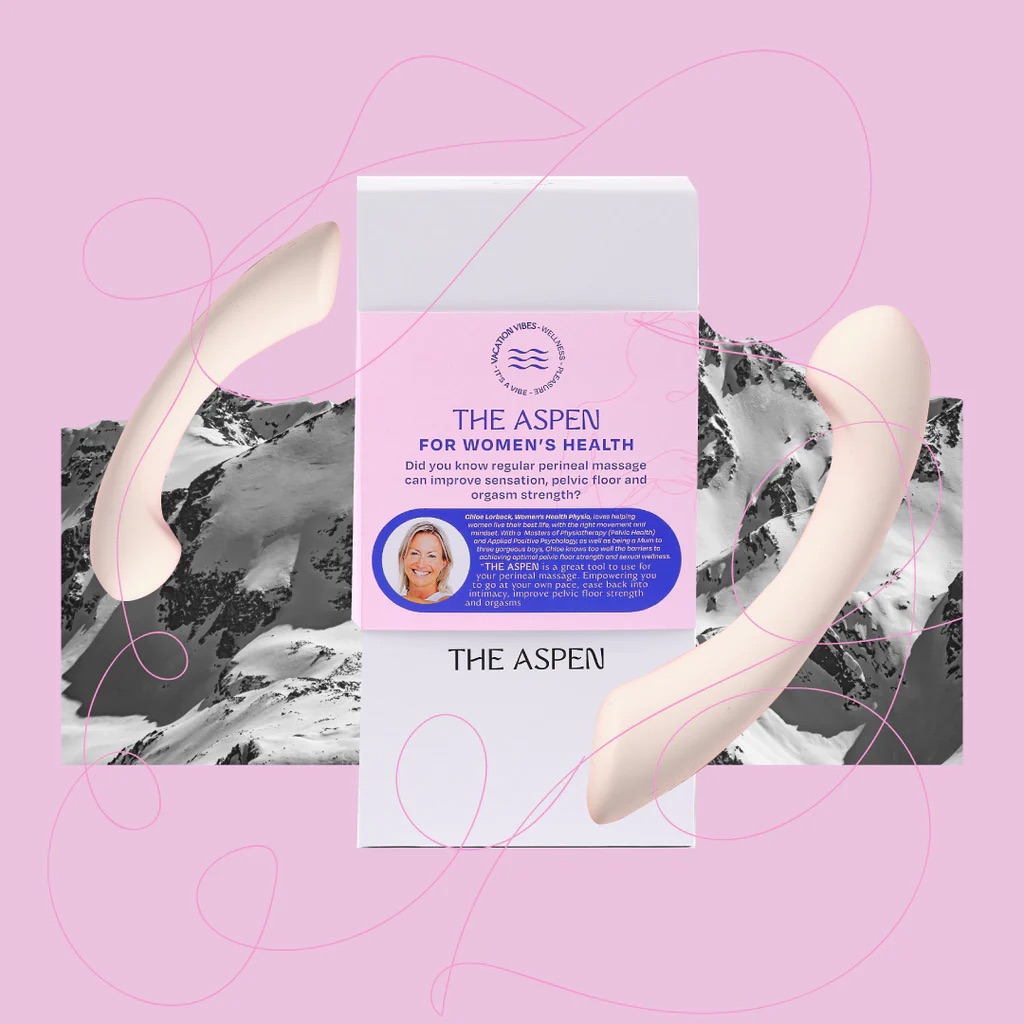To set the tone here, or perhaps provide a little ‘context’, think of it this way. Say you purchase a gorgeous pair of Italian leather loafers. Let’s go with Bottega, because why not! Every time you wear the loafers, it may take a little force to wriggle your heel down into the shoe. With every wear and every wiggle you may cause noticeable damage to your new shoes. Not ideal! To save this scenario, a shorn horn could do you wonders. It’ll allow for a seamless slide in and thus hold the shape of the shoe in tact.
Now. Imagine your vagina is the Italian leather loafer and the shoe horn is the perineum massage. You see?!
For context, the perineum is the area of skin between the vagina and the anus. When you hear of women requiring an episiotomy during birth (a controlled cut allowing more space for the baby to squeeze out) or enduring a tear during birth (for which are are 3 degrees of tearing impact), the perineum ‘hosts’ either contingency.
Overtime a lot of research has been conducted into perineum massage, in terms of how it can help reduce the risk of birth trauma, including perineal tearing and pelvic floor dysfunction. Pelvic floor dysfunction may include trouble controlling wind, incontinence and prolapse.
To prepare for a vaginal birth, from 35 weeks you may like to read into this form of massage. It’s been shown to prepare the tissue for labour by encouraging the elasticity of the skin and adjusting to varying levels of pressure. The first port of call will be your women’s health physio, midwife or OBGYN. For now this article is an overview of research and techniques.

